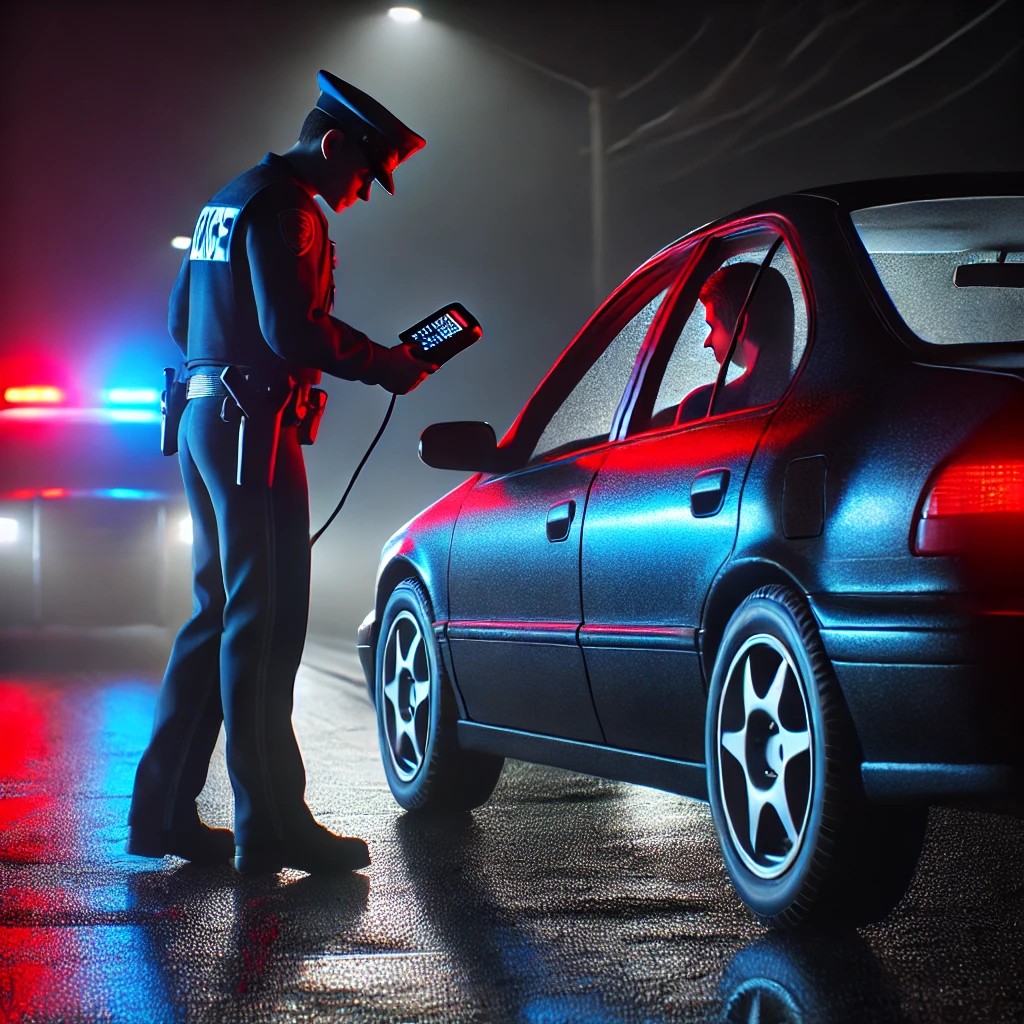Pennsylvania Superior Court Upholds Window Tint Conviction in Commonwealth v. Ryan A. Castaneira, 2024 PA Super 166
Feb. 18, 2025
 Commonwealth v. Castaneira, 2024 Pa. Super. 178 (Pa. Super. Ct. 2024)
Commonwealth v. Castaneira, 2024 Pa. Super. 178 (Pa. Super. Ct. 2024)
The Pennsylvania Superior Court recently affirmed a $25 fine imposed on Ryan A. Castaneira for violating Pennsylvania’s window tint regulations in Commonwealth v. Castaneira, 2024 PA Super 166. The ruling clarifies key aspects of vehicle equipment violations, constitutional search issues, and the interplay between statutory and regulatory provisions under the Pennsylvania Vehicle Code.
Facts of the Case
On January 10, 2023, Officer Jonathan Dudek of the Hampden Township Police Department observed Castaneira’s 2017 Honda Accord while on patrol. The officer noticed that the window tint appeared darker than permitted by law, prompting him to initiate a traffic stop.
During the stop, without obtaining a search warrant or seeking consent, Officer Dudek conducted a light transmittance test on the front passenger-side window using a tint meter. The test revealed a 31% light transmittance level, well below the 70% minimum required by Pennsylvania law. The officer informed Castaneira of the violation and issued a warning, granting him five days to remove the tint to avoid a citation.
However, instead of complying, Castaneira contacted Officer Dudek and stated he would not remove the tint, prompting the officer to issue a citation under 75 Pa.C.S. § 4107(b)(2) for unlawful activities relating to vehicle equipment.
Castaneira was found guilty at a magisterial district court hearing on May 15, 2023 and subsequently appealed the conviction to the Cumberland County Court of Common Pleas. After a trial de novo on September 18, 2023, the court upheld the conviction and imposed a $25 fine and court costs. Castaneira then appealed to the Pennsylvania Superior Court, raising six legal challenges related to the sufficiency of the evidence, statutory interpretation, constitutional search issues, and procedural errors.
Superior Court’s Analysis and Decision
The Pennsylvania Superior Court, in an opinion authored by Judge Bowes, addressed each of Castaneira’s six arguments in detail.
Sufficiency of the Evidence & Applicability of the Statute
Castaneira argued that the Vehicle Code provision under which he was convicted, § 4107(b)(2), only applied to motor carrier vehicles and buses. However, the court rejected this claim, ruling that the statute explicitly applies to “any vehicle” operating in violation of PennDOT regulations, which includes passenger vehicles like Castaneira’s Honda Accord.
The court reasoned that the penalty provisions for buses and motor carriers in § 4107(d) do not restrict the applicability of § 4107(b)(2) but rather provide enhanced penalties specific to commercial vehicles. Since Castaneira was operating a non-compliant personal vehicle, the general penalty provision in 75 Pa.C.S. § 6502(b) applied, authorizing a $25 fine for violations of regulations promulgated under the Vehicle Code.

Legality of the Traffic Stop
Castaneira asserted that Officer Dudek lacked reasonable suspicion to stop his vehicle solely based on observing window tint and that Pennsylvania law only prohibits window tint if it fully obscures visibility into the vehicle (75 Pa.C.S. § 4524(e)).
The court disagreed, citing Commonwealth v. Brubaker, 5 A.3d 261 (Pa. Super. 2010), which held that while § 4524(e) prohibits fully obscured windows, PennDOT regulations under § 4107(b)(2) impose additional light transmittance requirements. The officer’s suspicion that Castaneira’s tint was darker than permitted by regulation was sufficient justification for the stop.
Citation’s Sufficiency Under Rule 403
Castaneira challenged the legality of the traffic citation, arguing that it failed to provide adequate notice of the specific violation because it referenced only the 31% light transmission level and did not explicitly cite Table X of 67 Pa. Code § 175.67 (which mandates 70% transmittance).
The court rejected this argument, ruling that the citation:
Properly identified § 4107(b)(2) as the statute violated.
Contained sufficient factual information about the violation, including the measured tint level.
Referenced the prior written warning, which had explicitly directed Castaneira to comply with PennDOT’s regulations.
Since citations do not need to include every legal element of the offense, the charging document was deemed sufficient.
Constitutionality of the Window Tint Test – Was It a Warrantless Search?
Perhaps the most significant legal issue raised in the appeal was whether Officer Dudek violated Castaneira’s Fourth Amendment rights by using a tint meter without a warrant. Castaneira relied on Commonwealth v. Alexander, 243 A.3d 177 (Pa. 2020), which held that warrantless vehicle searches require both probable cause and exigent circumstances.
The court distinguished Alexander, reasoning that applying a tint meter is not equivalent to a full vehicle search and is more akin to checking a vehicle identification number (VIN) or using a canine sniff. The court held that drivers have no reasonable expectation of privacy in the tint level of their windows, which are externally visible to the public and law enforcement.
Thus, the warrantless tint test did not violate Castaneira’s constitutional rights, and the traffic stop was lawful.
Relationship Between § 4107(b)(2) and § 4524(e)
Castaneira contended that because his tint did not fully obstruct visibility, it complied with § 4524(e), and thus he could not be prosecuted under § 4107(b)(2).
The court rejected this interpretation, ruling that § 4107(b)(2) incorporates PennDOT’s regulatory standards, which mandate a specific light transmittance level. The court emphasized that § 4524(e)’s requirement of visibility does not override PennDOT’s detailed regulations.
Since Castaneira’s tint was measured at 31%—well below the 70% requirement—his conviction was valid.
Whether the Window Tint Law Violates Due Process
Finally, Castaneira claimed that PennDOT’s light transmittance regulations were too vague and that enforcement should require clear statutory language rather than regulatory standards.
The court rejected this argument, finding that Table X provides an objectively clear numerical standard (70% transmittance) that is neither vague nor arbitrarily enforced.
Conclusion
The Pennsylvania Superior Court upheld Castaneira’s conviction and fine, finding that:
Window tint violations can be prosecuted under § 4107(b)(2) even if the tint does not fully obscure visibility.
Officers have reasonable suspicion to stop vehicles based on suspected tint violations.
Warrantless use of a tint meter does not violate the Fourth Amendment.
A properly completed citation need not include every regulatory reference to be valid.
This decision serves as a precedent-setting ruling on vehicle tint laws, clarifying how Pennsylvania enforces its window tint regulations and the limits of police authority during traffic stops.
If you’re facing traffic violations or criminal charges in Philadelphia, contact The Town Law LLC for experienced criminal defense attorneys who understand the complexities of Pennsylvania traffic law.
📞 Call us today for a consultation!
#TrafficLaw #PennsylvaniaLaw #CriminalDefense #WindowTint #KnowYourRights #TheTownLawLLC
